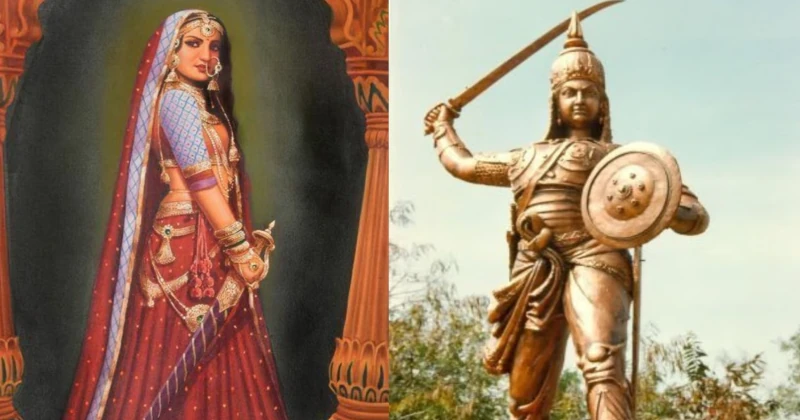In a poignant display of courage and defiance against the Mughal Empire’s expansion, Queen Durgavati of Garha-Katanga embraced martyrdom on June 24, 1564. Her steadfast resistance against the forces of Akbar, the Mughal ruler, has etched her name in history as a symbol of India’s unwavering spirit and determination. Born into the esteemed Chandela dynasty in 1524, near present-day Mahoba in Uttar Pradesh, Rani Durgavati inherited a legacy of bravery and resilience.
The Chandelas, renowned for constructing the magnificent Khajuraho temples in the 11th century, imbued her lineage with a rich cultural heritage. Married to Dalpat Shah, the son of Gond King Sangram Shah, Rani Durgavati assumed the reins of Garha-Katanga following her husband’s demise in 1550. Her rule over the kingdom, encompassing the lush Narmada Valley and parts of Northern Madhya Pradesh, was marked by vigour and a commitment to her people’s welfare.

The Gond tribe, known for its cultural richness and tenacity, found a stalwart leader in Rani Durgavati. Under her governance, the kingdom prospered for sixteen years, and her leadership was admired for its wisdom and benevolence. However, the Mughal Empire, under the leadership of Emperor Akbar, posed a significant threat to Rani Durgavati’s reign.
In the mid-16th century, she bravely confronted the Mughal forces led by Asaf Khan and the neighbouring Malwa Sultan Baz Bahadur. Despite her initial victory in repelling Asaf Khan’s incursion, her leadersh.
















